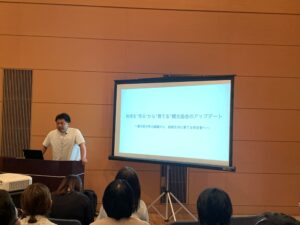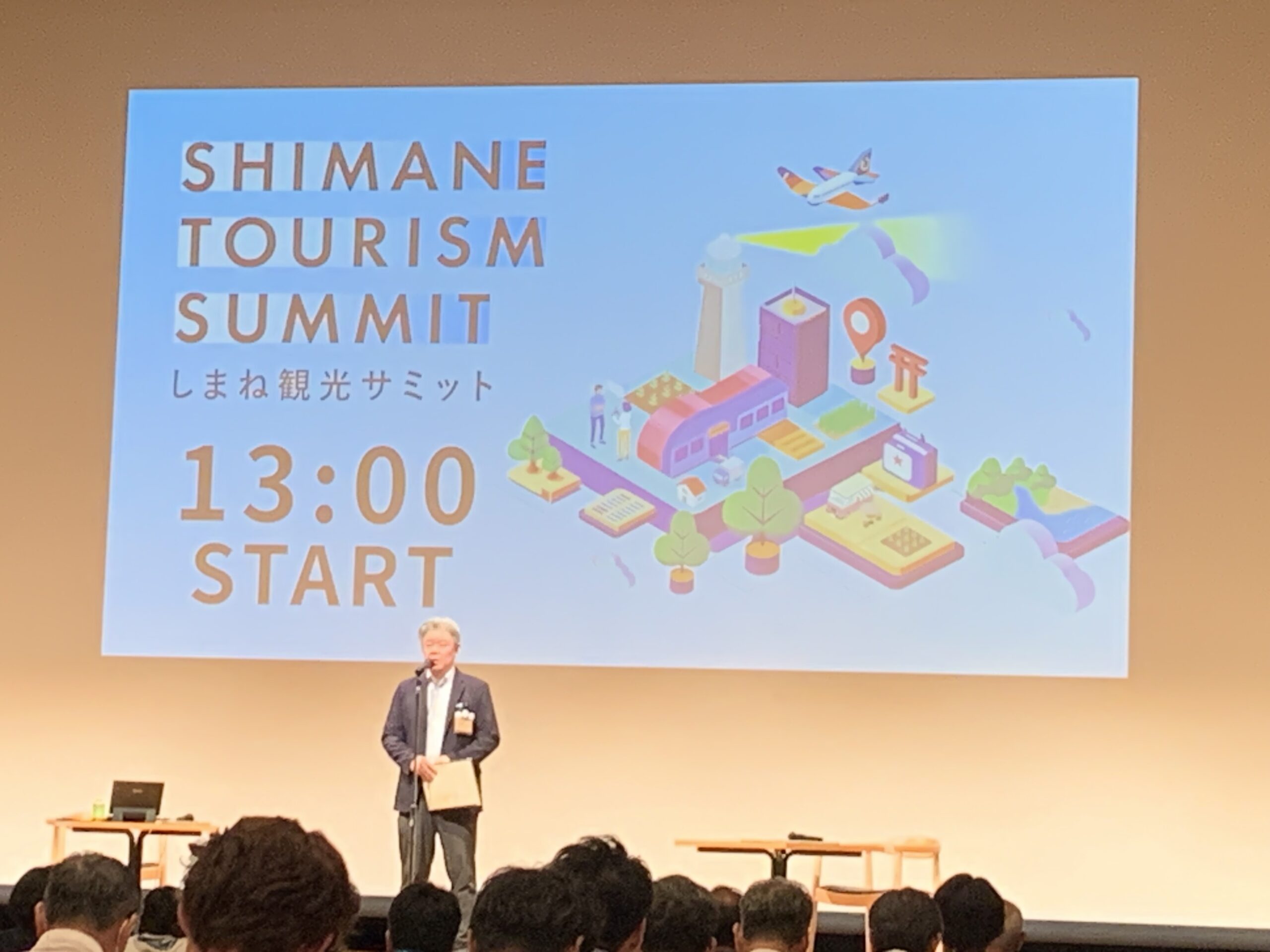In the age of mass tourism, what does it mean to be overlooked? Japan is breaking records in inbound tourism, yet Shimane Prefecture — home to some of the country’s most profound cultural assets — recorded just 87,000 foreign guest nights in 2024. The gap between Tokyo and Shimane is more than numerical; it reflects a deeper divide in visibility, infrastructure, and narrative power. As rural Japan faces demographic decline, Shimane is quietly rewriting its future — not by chasing numbers, but by reclaiming meaning.
Japan welcomed an estimated 36.9 million foreign visitors in 2024 — a 47.1% increase from the previous year and far surpassing the pre-pandemic high of 31.9 million in 2019, according to the Japan National Tourism Organization (JNTO). Yet Shimane Prefecture remained at the bottom of the rankings, accounting for just 0.07% of the national total of 117.22 million guest nights. By contrast, Tokyo topped the list with more than 27 million guest nights, highlighting a gap of over 300 times that of the least visited prefecture.
Shimane lies on the Sea of Japan coast in western Honshu, bordered by Tottori, Hiroshima, and Yamaguchi prefectures. Despite its rich cultural heritage, the region remains relatively remote: flights from Tokyo’s Haneda Airport to Izumo take about 90 minutes, while rail journeys via Okayama on the Sanyo Shinkansen and Yakumo express train take more than six hours. Buses from Osaka to Matsue or Izumo require around four to five hours, underscoring the prefecture’s challenges in accessibility.
Shimane is best known for Izumo Taisha, one of Japan’s most famous Shinto shrines, and the Oki Islands, recognised as a UNESCO Global Geopark and noted for preserving ancient ecosystems where continental and Japanese species coexist. The prefecture is also home to Matsue, the City of Water, introduced to the West in the 19th century by writer Lafcadio Hearn, and the Iwami Ginzan Silver Mine, which flourished in the 16th and 17th centuries and at its peak supplied about one-third of the world’s silver, today a UNESCO World Heritage site. Yet despite such cultural assets, the prefecture has long struggled to attract international travellers.
Shimane’s foreign guest nights, which stood at 72,740 in 2018 and peaked at 104,090 in 2019, have yet to catch up with Japan’s nationwide rebound.
To enhance Shimane Prefecture’s tourism sector, including inbound tourism, the prefecture hosted the Shimane Tourism Summit on 3rd September. The event aimed to boost Shimane’s profile in the international market, nurture tourism professionals, equip business leaders and frontline staff with the latest industry insights, and strengthen networks among stakeholders.
In a keynote speech, regional revitalisation experts Hitoshi Kinoshita, a long-time consultant on rural policy, and Hidesato Naito, a noted adviser on regional economies, painted a sobering picture of Japan’s demographic future, noting that the nation is expected to lose around ten million people per decade. In such an environment, they warned, rural regions like Shimane risk sliding into dependence on foreign capital and becoming tourism colonies if they pursue short-term gains. Instead, they urged the prefecture to chart a different course: to harness its own resources by strengthening the role of local banks, restaurants, and accommodation providers. Similar debates are taking place in Europe’s small towns, where tourism must balance growth with preserving community life. In the United States, too, many midwestern cities are exploring how to attract visitors without sacrificing local identity. They argued that Shimane should pursue a long-term vision of development akin to the small but resilient towns of Europe, rather than imitating the growth model of Tokyo or Osaka.
At a breakout session, Daichi Natsukawado, secretary-general of the Ama Town Tourism Association, reported that inns once catered mainly to public works visitors for around JPY 5,000 a night. Today, Hotel Entô — offering 36 oceanfront rooms across its main building and Annex NEST — charges JPY 15,000 per night, with total lodging revenue expected to reach JPY 400 million. Ama Town itself, once on the brink of fiscal collapse, has become widely recognised as a model of rural revival, attracting over 100 newcomers from across Japan each year.

Meanwhile, Sameera Gunawardena of inbound operator TAVIKALA, based in Okuizumo and Unnan — an area long regarded as the heartland of Japan’s traditional tatara iron-making, a centuries-old method of smelting iron sand, is deeply rooted in Japanese mythology and craftsmanship, and remains a living tradition in the area — emphasised the need for targeted messaging and compelling storytelling to appeal to repeat visitors beyond the well-trodden Golden Route. This year, more than 100 foreign visitors from Europe and the Middle East are expected to visit the region, highlighting its growing appeal outside Asia.
Beyond the summit, the prefectural government has stepped up concrete initiatives. These include multilingual signage at tourist sites and transport hubs, training programmes for tourism professionals, and digital marketing through social media and cross-border e-commerce. With a focus on Taiwan and Hong Kong, Shimane is also collaborating with overseas travel agencies.
Izumo Airport has also become a central pillar of Shimane’s inbound strategy. The city of Izumo offers subsidies of up to JPY 3,000 per person per night (JPY 2,000 for international flights) to groups of ten or more arriving at the airport, all subsidies subject to a maximum stay limit. In addition, the prefecture has made promoting Izumo Airport services a key element of its tourism strategy, working with municipalities and airlines to strengthen its role as a regional gateway.
Ground infrastructure is also being upgraded. The San’in Expressway is being extended to provide more direct road links between Shimane, Hiroshima, and the Kansai region. In addition, the prefecture has introduced generous bus subsidies. A major campaign has offered one-way fares of JPY 1,000 on routes connecting Hiroshima with Izumo, Hamada, Masuda, and Oda, and JPY 1,400 on the Hiroshima–Matsue route, all available until March 2026.
Shimane remains at the bottom of the national rankings. Yet the story of this prefecture cannot be told only in numbers. Stakeholders hope that new initiatives, paired with long-term infrastructure improvements, will help Shimane secure a stronger place in Japan’s booming inbound market. For a region where myth and memory are inseparable — from Izumo Taisha’s divine gatherings to the Oki Islands’ ancient ecosystems and the silver veins of Iwami Ginzan — the task is not simply to increase numbers but to ensure that its timeless stories resonate far beyond its shores.
Yet beyond the data and policies lies a more profound truth, one that can only be felt in the life of the region itself.
In Shimane, gods gather not only in temples, but also in the quiet persistence of local inns, in the salt-laced wind that sweeps across the Oki Islands, and in the silver veins of Iwami Ginzan, which once shaped global trade. They reside in the patience of its people and in the silence of its landscapes.
Rather than rushing to perform for visitors, Shimane holds to its own rhythm. In doing so, it demonstrates how a region can build lasting appeal not through numbers, but through presence.
— Words by Takashi Saito

